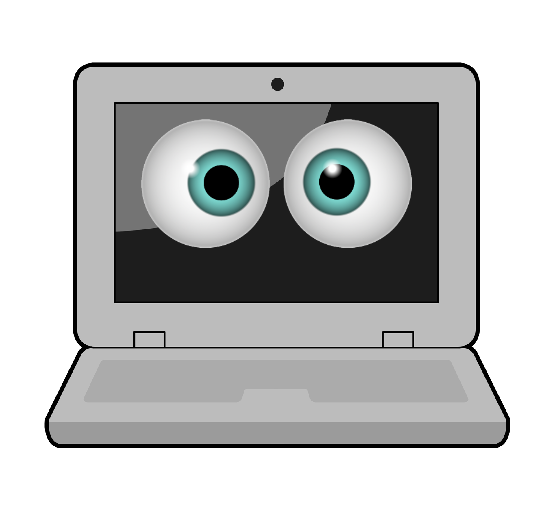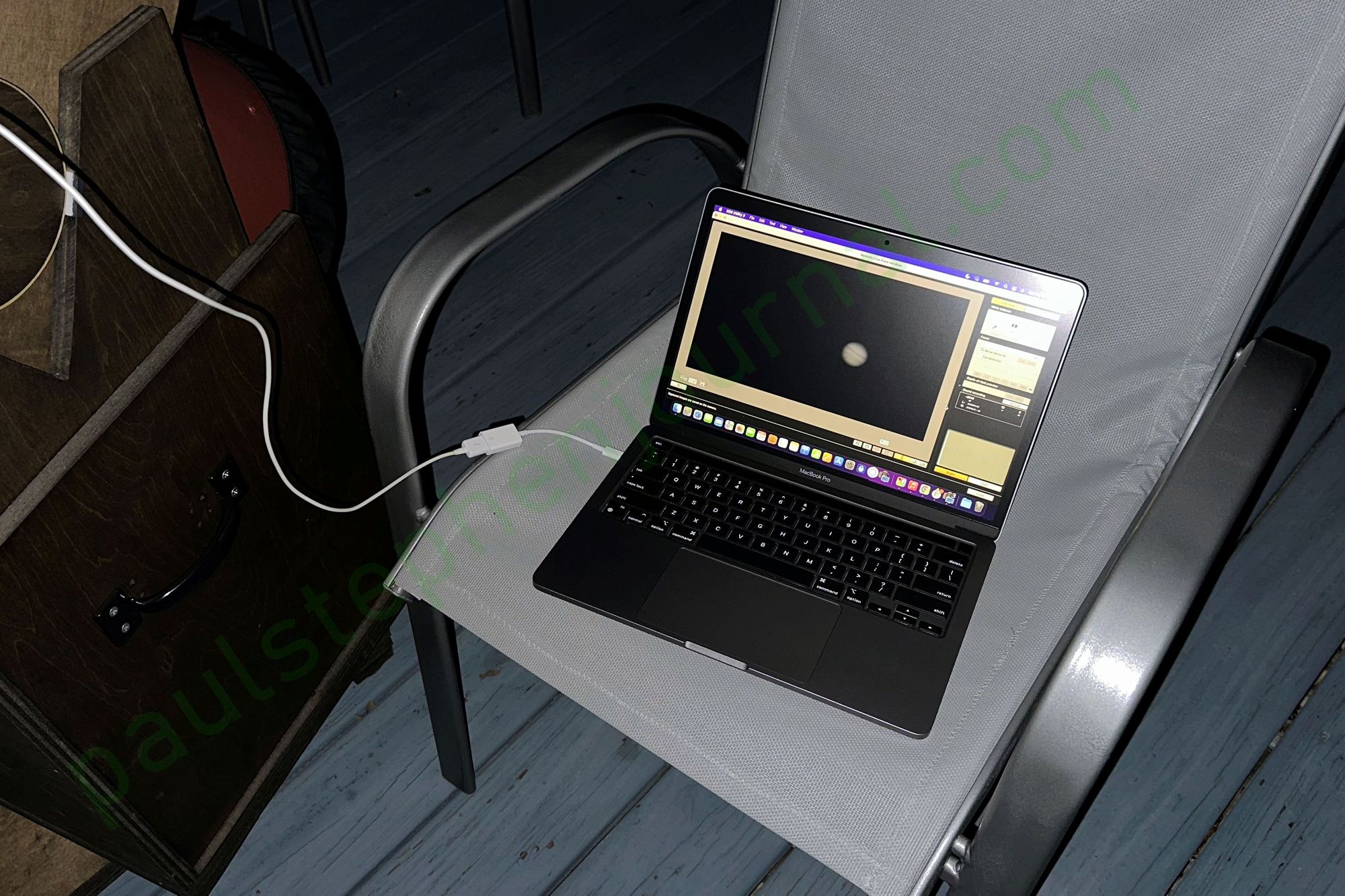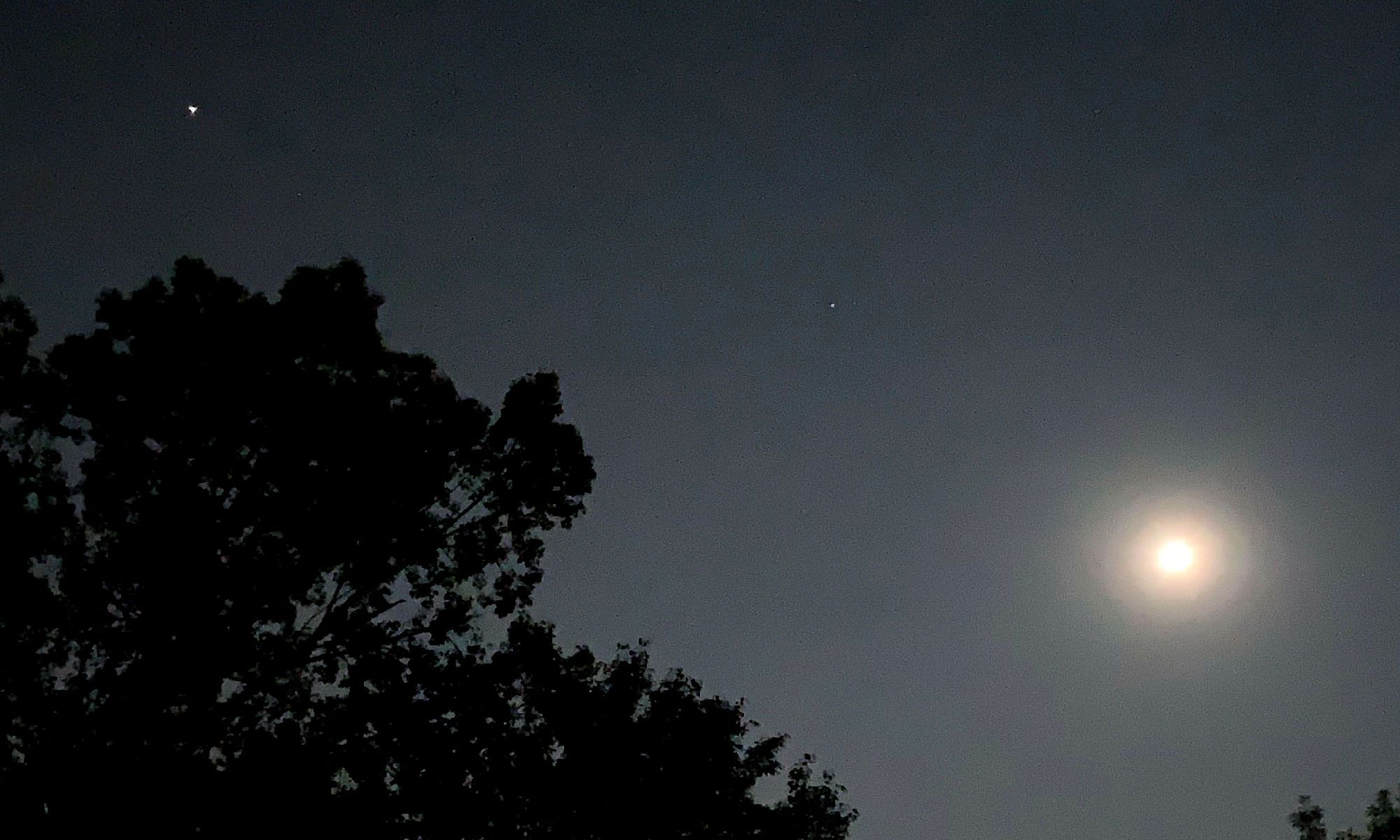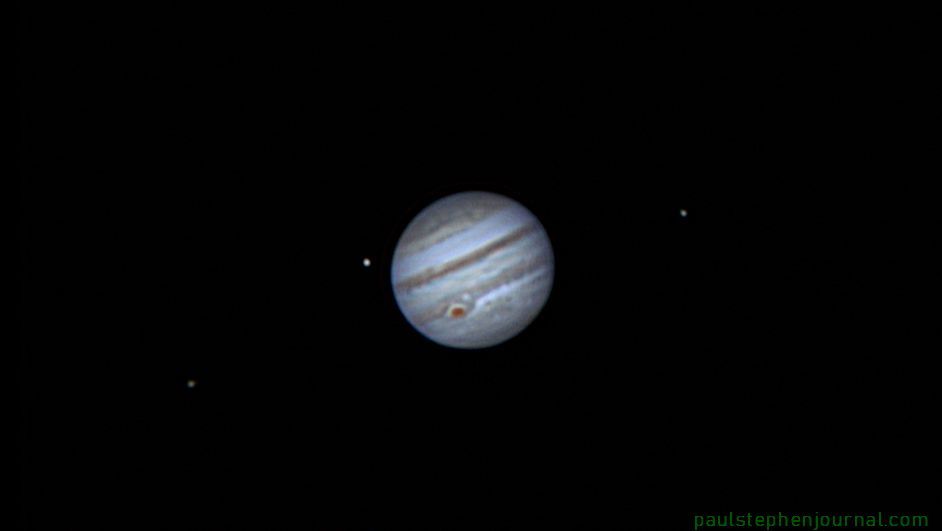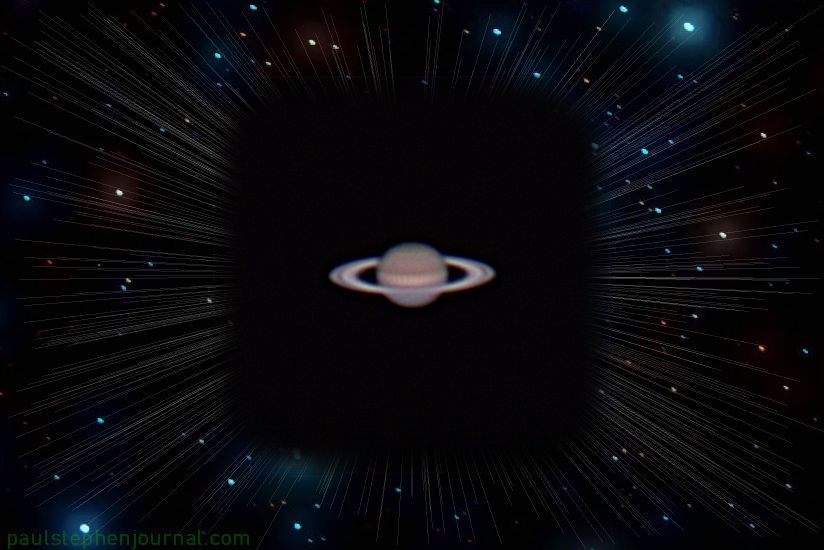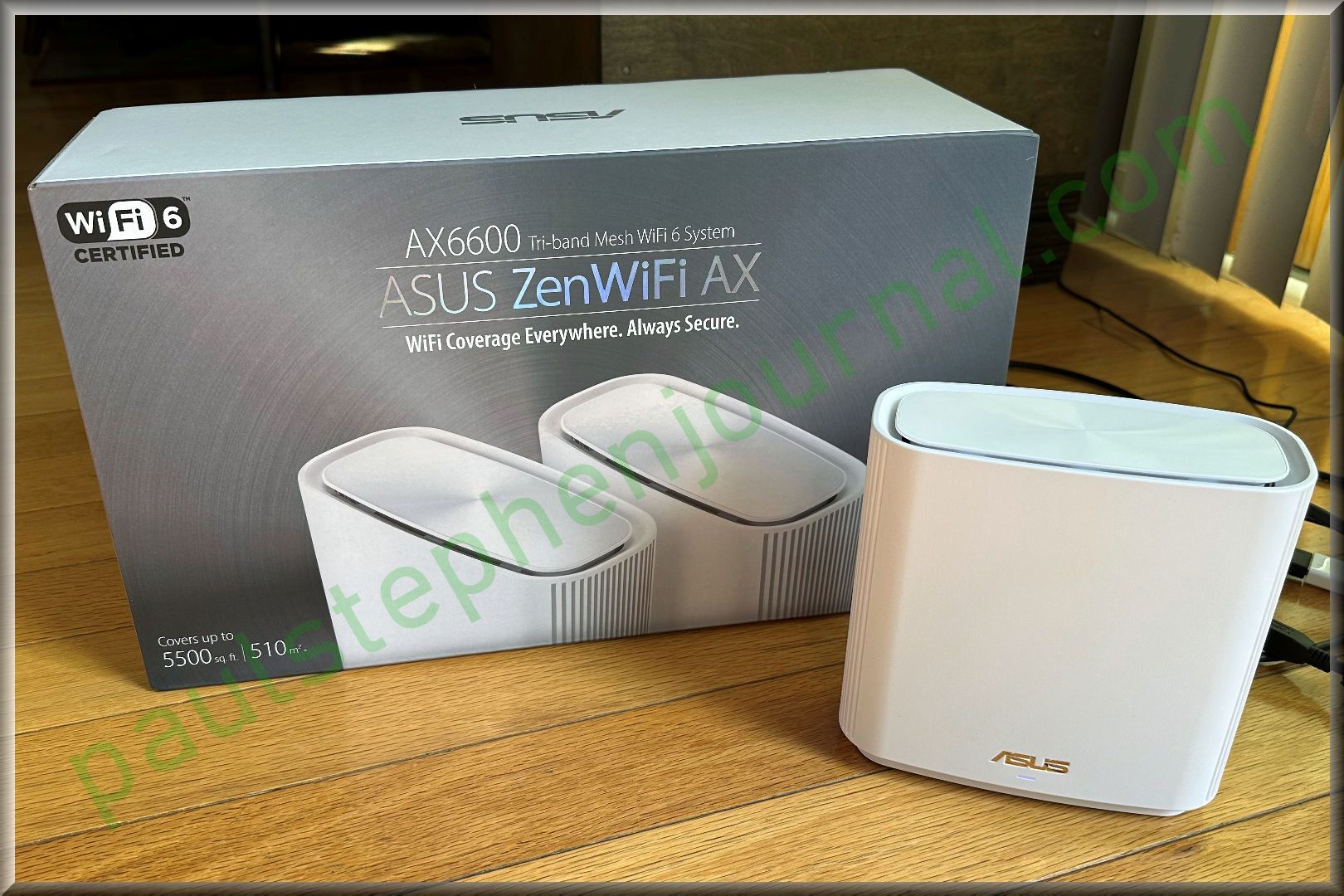September 28th, 2022 through October 8th, 2022
After this year’s Jupiter Opposition I wanted to keep capturing the big planet for as long as reasonably possible. For a number of nights after September 27th, I was outside with my Dobsonian and camera, observing and photographing via my telescope.
At opposition, I also had an idea and revelation. This will seem silly to the more dedicated astrophotographer who uses purpose-built telescopes, specialty cameras, and other equipment to capture the most remarkable of cosmic images. But for me, with my simple setup and entry-level equipment, this only occurred to me recently: can I improve my images with a better focus procedure?
Until now, I have always used the small LCD screen on my DSLR camera to focus on the planets, particularly Mars, Jupiter, and Saturn. With the jiggling Dobsonian and ever-moving targets, getting even decent focus has never been guaranteed.
I did, finally, to try getting a “bigger screen.” This was accomplished by connecting my computer to the camera via USB, and leveraging Canon’s software, known as the EOS Utility. What this does is allow the view screen image to appear on the computer’s much-larger screen.
I was worried about this setup for a few reasons. How easy would the software be to use and connect to the camera? What would be the response time/lag? Would the image on computer be any better than on the camera’s LCD? Would I trip myself on the USB wire and damage my camera, laptop, or telescope?
After just one session, I discovered that all my fears were for naught. The software was very easy to figure out, and it connected to my camera with no issues. The LDC image, when expanded on the laptop’s screen, was much easier to see. And by resting the MacBook on a chair next to the telescope (see this article’s top image), telescope repositioning and focusing was not hard.
Focusing Proofs
Over the next weeks, I took images with the new laptop setup, weather permitting. All of the below images were focused through my MacBook Pro. My opinion is that leveraging the laptop’s much larger screen produced better images, but you can judge as well.
For Jupiter, I would attempt to focus on the faintest of the Galilean moons with ISO 1600 or 3200, then dialed down the ISO to 200 for the recorded videos which produced the below images in post-processing.
September 28th, 2022 – Ganymede Occults Jupiter
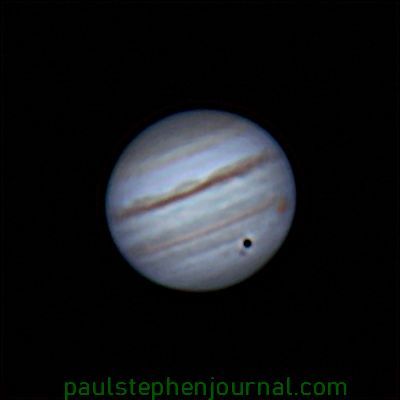
September 28th, 2022 – Late Evening
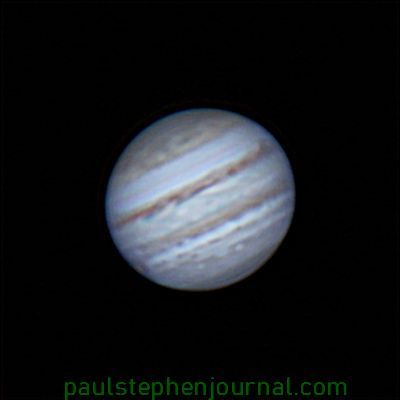
October 1st, 2022 – With Io

October 2nd, 2022
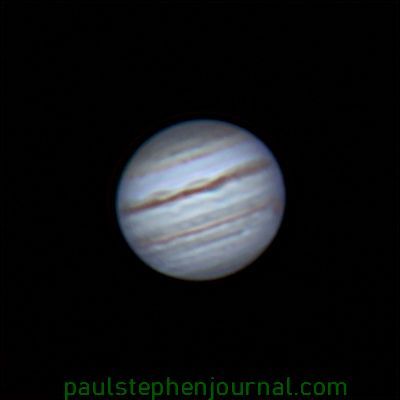
October 3rd, 2022

October 4th, 2022
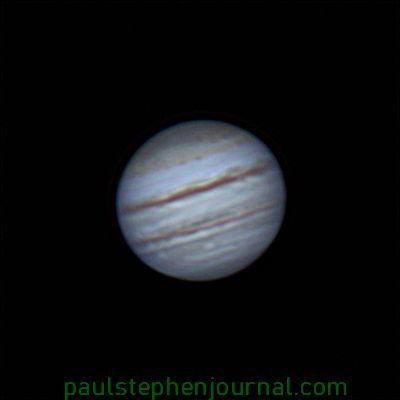
October 8th, 2022 – With Europa
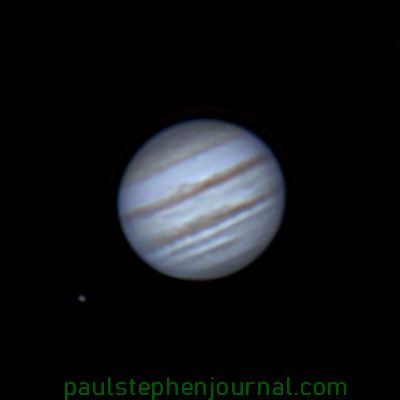
By October 8th, the Moon was a day from Full and washing out the sky around Jupiter. So I decided to take a break, but unfortunately have not had an opportunity to photography in two weeks. I was a bit disappointed this cycle that I could never get a frontal image of the Great Red Spot. I will keep trying if time and weather permits! But soon, I will turn my attention to Mars!
Summary of my equipment, settings, and software used:
- Telescope: Dobsonian reflector 254mm / 10″ (homemade)
- Camera: Canon EOS Rebel SL3
- Barlow: TeleVue Powermate x5 1.25″
- Filter: Baader Neodymium 1.25″
- Canon T ring and adapter (note: replaced this month due to broken part)
- Relevant camera settings:
- ISO 200 for Jupiter / focused with either ISO 1600 or 3200 on moons
- Exposure: 30
- HD video at 60fps
- Created from three videos of about 25s each, best 35% of frames (via Autostakkert)
- Software for post-processing:
- PIPP
- Autostakkert
- Registax 6
- PaintShop Pro for minor touch-ups
